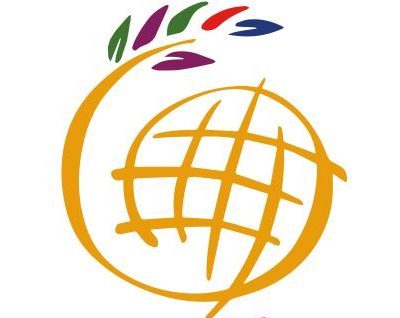
It is well known that the biological world makes sure that nature’s balance can be maintained. Among the biggest contributors are pollinators, whose link with plants has been most useful to the planet. By transferring pollen from one plant to other, pollinators help in the production of fruits, nuts and seeds. They account for more than one third of the agricultural production around the globe. Yet these days the decline in pollinators occurring at a rapid pace and the shrinking pollinator population has posed a great threat to agriculture. It has exacerbated the issue of global food insecurity.
The reduction in pollinator numbers is affecting the ecosystem and has gained the public attention across the globe since it started during the twentieth century. The rapid extinction rate of pollinating mammals and birds has deeply challenged crop yield and food security.
With the scientific and technological booms in modern agriculture, the use of pesticides and insecticides has been soaring. So when pollinators come in contact these chemicals found in pesticides and insecticides, they face various disorders including wing paralysis, vomiting, reduction in foraging capacity and a decline in learning ability. In some cases, pesticides have even been found to cause instant death.
Moreover, intensive monoculture practices embraced in modern agriculture have unfortunately decreased plant diversity in many cases. As a result, it has led to loss in the pollinator’s habitat and forage. Pollinators are also unable to get all their required nutrition since nectar from a single plant species does not provide all their nutritional needs. Ultimately, the monoculture method of agriculture aids in accelerating the decline in the numbers of pollinators.
Furthermore increased globalization has spread pollinator disease as well as parasites around the globe. These diseases and parasites have caused high level of suffering in the pollinator’s population by provoking serious issues like the collapse of bee colonies and causing extinction. For example diseases as chalkboard and foulbrood have wiped out much of the bees population around the planet.
Other anthropogenic causes like climate change have disrupted the synchrony between the pollinator’s emergence and the flowering bloom season. This has lead to a lack of diet and nutrition in pollinators during the growth period and culminated in the pollinators reduced ability to pollinate which has affected the yield of more than 70% of crops that depend on pollination to complete their lifecycle. In addition, greenhouse gases have also hindered pollination activity. They mix with the fragrance of flowers thus reducing their range of diffusion. Consequently, pollinators have difficulties in locating flowers for pollination.
Pollination is one of the most vital phenomenons in nature. It helps in boosting the quality and quantity of agricultural crop. It also contributes to increasing the diversity in the plant kingdom. Thus, pollinators possess a great importance in the ecosystem and their decline has threatened plant diversity and food security to a large extent.
This drastic time calls for drastic action. So a chain of efforts from every sector is needed to protect pollinators. As the excessive use of pesticides is a major culprit of the pollinator’s decline, it is first and foremost critical task to create pesticide free forage areas with diverse landscape for pollinators. Mitigating the spread of disease and parasites through proper quarantine can be another major task. Similarly, building nest and water resources can also help increase the efficiency of pollination. We must embrace these measures and save pollinators. Otherwise, we would only have 4 more years on earth.

Guest blog post by Aadesh Subedi (aadeshsubedi2(at)gmail.com), pictured at left. If you are a GFAR partner, an affiliated organisation, or an individual working in the broad area of agriculture, food and rural development, we welcome you to submit your blog post to the GFAR Blog. Read submission guidelines here.
The views expressed in this blog post are personal, and cannot be attributed to GFAR.
Photo credit : Sajjad Fazel



1 thought on “Shrinking pollinator numbers: to bee or not to bee”